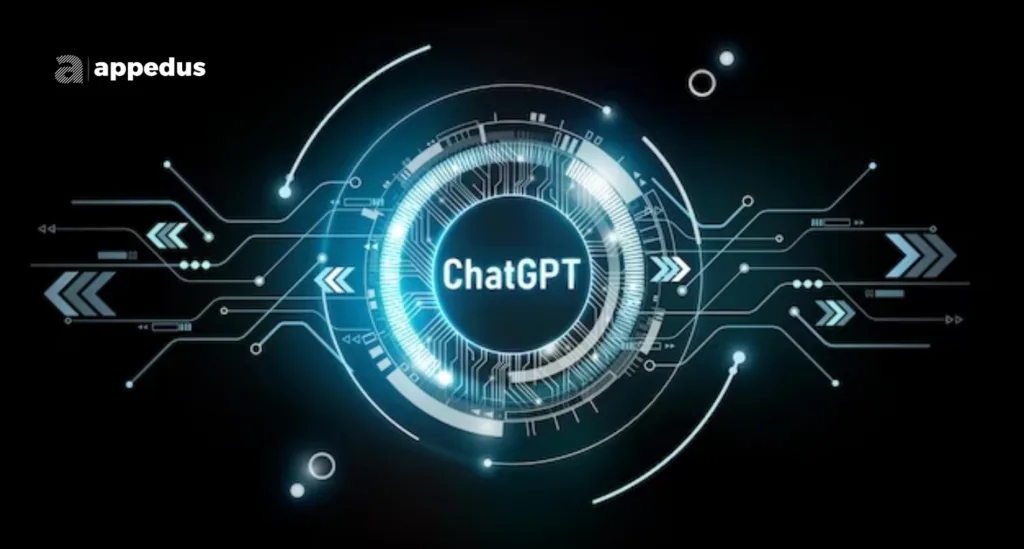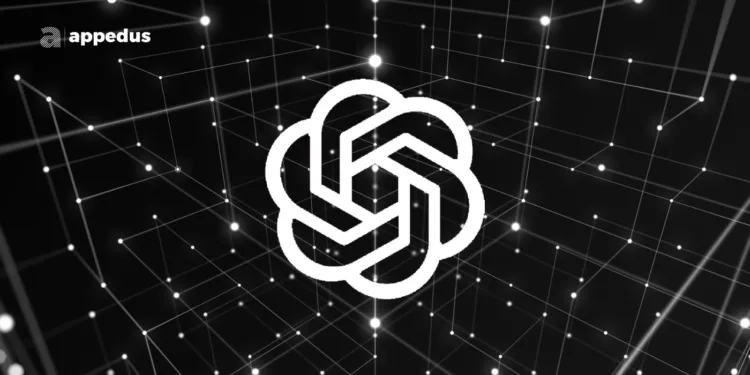In the rapidly evolving landscape of artificial intelligence, OpenAI has once again pushed the boundaries with its latest innovation – Latest ChatGPT Update gives it the ability to engage in spoken conversations and respond to images.
This breakthrough ChatGPT Update marks a significant stride towards more intuitive and comprehensive AI interactions, akin to the likes of Amazon’s Alexa and Apple’s Siri. In this article, we’ll delve into the exciting features and implications of ChatGPT’s new capabilities.
A Voice-Powered Revolution
OpenAI’s mission to enhance user experience has resulted in a more accessible and helpful ChatGPT. Peter Deng, OpenAI’s Vice President of Consumer and Enterprise Products, emphasises the drive to make ChatGPT easier to use. This dedication is evident in the accelerated release of AI tools, including the recent integration of DALL-E, an image generator, into ChatGPT.
ChatGPT Update represents a leap forward in the world of conversational AI. With the ability to engage in spoken conversations, ChatGPT can now converse with users using natural language, making interactions feel more human-like and intuitive. This innovation in ChatGPT with giants like Amazon’s Alexa and Apple’s Siri, which have long offered voice interaction capabilities.
Expanding Horizons with ChatGPT Update
ChatGPT’s initial launch in November garnered an impressive user base, attracting millions of users within a short span. Its success prompted other companies to follow suit, offering similar services. With the new ChatGPT update, OpenAI is not only staying competitive but also challenging established technologies such as Alexa and Siri.
A New Generation of Chatbots
ChatGPT:
This artificial intelligence language model from OpenAI gained fame for its versatility, from answering complex questions to writing poetry, generating code, planning vacations, and translating languages. The introduction of GPT-4 in mid-March expanded its capabilities to respond to images and excel in tasks like the Uniform Bar Exam.
Microsoft’s Entry:
Two months after ChatGPT’s debut, Microsoft introduced a similar chatbot integrated into its Bing internet search engine. While it can engage in open-ended text conversations on various topics, it garnered attention for occasional inaccuracies and quirky responses.
Google Bard:
Google’s Bard, initially designed as a creative tool for drafting emails and poems, has evolved to generate ideas, write blog posts, and provide fact-based or opinionated answers.
Voice-Powered Interaction

While Alexa and Siri have long facilitated voice interactions with devices, ChatGPT and Google Bard bring a more robust language processing capability to the table. They can instantly compose emails, poetry, and term papers, and engage in conversations on a wide array of topics, bridging the gap between text and voice interactions.
OpenAI believes that spoken communication offers a more natural way to interact with their chatbot. They argue that ChatGPT Update gives it a synthetic voice, including various options like male and female voices, which are more convincing than those used by mainstream digital assistants.
Access and Availability
Over the next two weeks, the company plans to roll out the enhanced version of ChatGPT Update to all ChatGPT Plus subscribers. This subscription service, priced at $20 per month, grants exclusive access to the voice feature on iPhones, iPads, and Android devices. While ChatGPT’s synthetic voices are more natural than many others on the market, they can still sound slightly robotic. Like other digital assistants, ChatGPT Update may encounter challenges with homonyms, but it has the advantage of self-correction, ensuring accurate and meaningful interactions.
The Technological Foundation
ChatGPT’s underlying technology sets it apart from older digital assistants like Alexa and Siri. It relies on a large language model (LLM) that dynamically generates language by analysing vast amounts of text from across the internet. In contrast, older digital assistants operated based on predefined commands and responses, a process that could take weeks to update. ChatGPT, on the other hand, can authoritatively respond to virtually any question within seconds, though it may not always be entirely accurate.
A Two-Way Transformation

As OpenAI is transforming ChatGPT into something more like Alexa or Siri, companies like Amazon and Apple are reciprocating by enhancing their digital assistants’ language capabilities. This ongoing competition promises to usher in a new era of conversational AI, with an emphasis on natural, human-like interactions.
Future Conversations
Amazon recently previewed an updated Alexa system that aims for a more fluid conversation about “any topic.” It is driven in part by a new LLM and has other upgrades to pacing and intonation to make it sound more natural, the company said.
While Apple has not publicly shared its plans, reports suggest that the company is testing a prototype of its large language model for future products. This indicates a potential move towards AI-driven conversational interactions, highlighting the growing importance of conversational AI in shaping the future of technology.
Visual Interaction and Learning
The enhanced ChatGPT also introduces visual interaction. It can analyse images, provide detailed descriptions and answer questions about their contents. This feature holds promise for aiding visually impaired individuals but raises concerns about potential misuse as a de facto face recognition service.
An Educational Ally
For students, ChatGPT’s image analysis capabilities offer an effective tool. It can swiftly decipher high school math problems that include text, numbers, and diagrams, providing instant solutions. However, there’s also the risk of misuse for academic dishonesty. Education and ethics will play a crucial role in harnessing the full potential of AI-powered educational tools.
Business Significance of ChatGPT Conversation Update

The ChatGPT conversation update represents a seismic shift in the realm of artificial intelligence and, by extension, the business landscape. Its newfound ability to engage in spoken conversations and respond to images has profound implications for businesses across various sectors.
ChatGPT’s image recognition capabilities open up new possibilities for e-commerce. Customers can upload images of products they’re interested in, and ChatGPT Update can instantly provide information, and recommendations, and even make purchase suggestions. This streamlined shopping experience can significantly boost sales and conversion rates.
In the realm of content creation, the update offers a game-changing advantage. This ChatGPT Update can assist businesses in generating high-quality content, from articles and blog posts to marketing materials. This not only saves time but also ensures consistency in tone and messaging, reinforcing brand identity.
Businesses can also harness ChatGPT’s data analysis capabilities to extract insights from large datasets. This can inform strategic decision-making, market research, and trend analysis, giving companies a competitive edge.
Conclusion
OpenAI, with ChatGPT Update, has undergone a remarkable transformation with this groundbreaking update. It seamlessly integrates voice interaction and image analysis, redefining the possibilities of conversational AI. As the digital landscape continues to evolve, virtual assistants like ChatGPT are leading the way, offering more intuitive, capable, and human-like conversational agents.
The future of AI conversations is bright and full of potential, but it also demands responsible and ethical use in an ever-changing technological landscape.



















